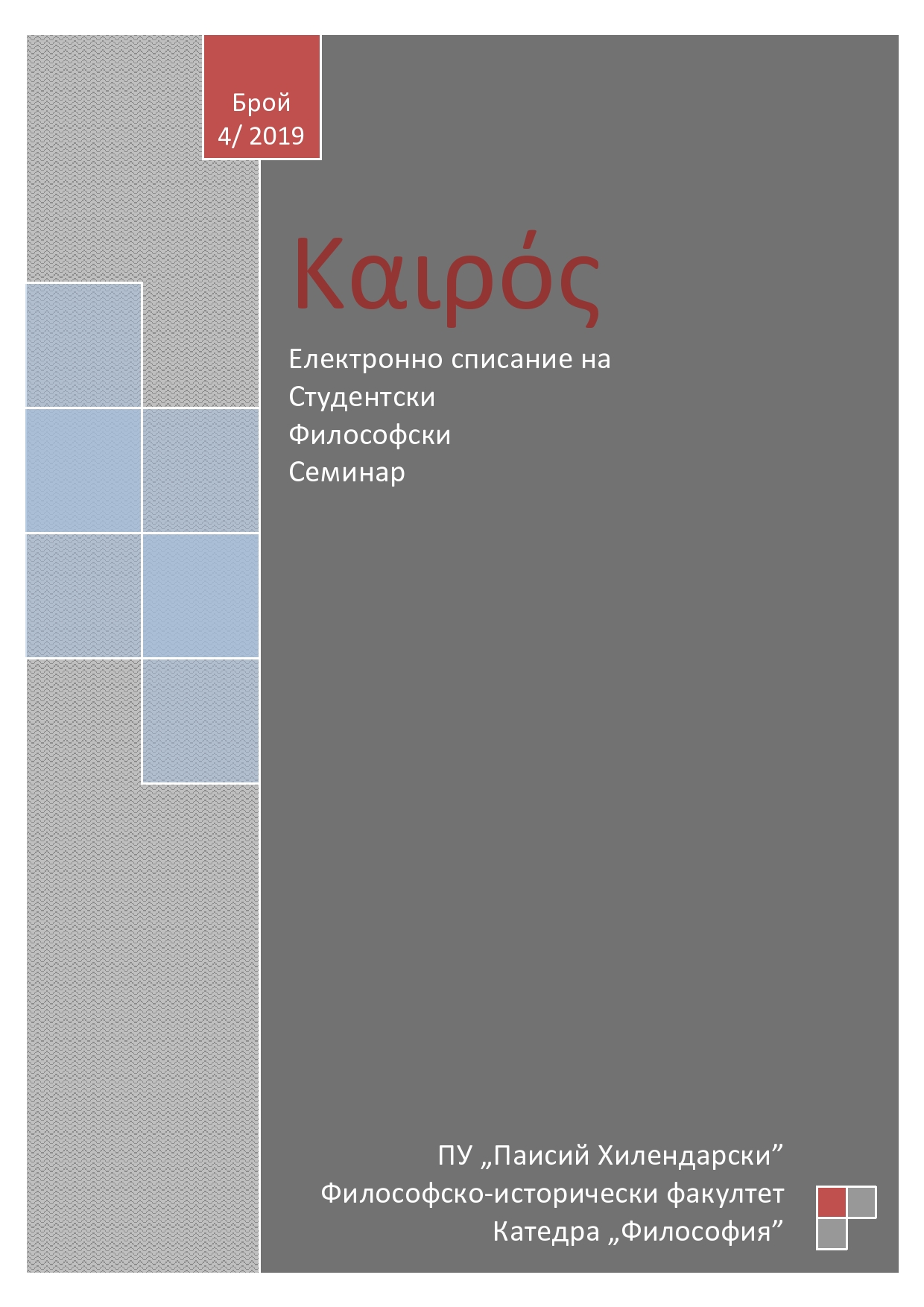Как можем да мислим некласически "трансценденталното на трансценденталното"?
How Can We Think in a Non-Classical Way the "Transcendental of Trancendental"?
Author(s): Kristian EnchevSubject(s): Philosophy, Philosophical Traditions, Analytic Philosophy
Published by: Пловдивски университет »Паисий Хилендарски«
Keywords: transcendental tautology; repetition and deviation; moving point; co-impossible surfaces; Body without Organs
Summary/Abstract: The question in the title of this experimental article concerns a series of fruitful conversations with Darin Tenev. Оne of the key figures for Tenev in the context of our conversations and critical comments to me is Derrida. The “transcendental tautology” (la tautologie transcendantale) of Derrida is revealed as a movement in the structure of repetition. The invasion from outside falls within the strictural dynamics of structuring, that is, within the dynamics of the stricture as “transcendental of transcendental” from the side of the imagination through which it works. In the plan of the dynamics of the figure we have a unity of repetition and deviation – dissolving concepts in the overcoming of an example requires modulation, potentialization of potentialities without pre-assignment. Transcendental tautology is a dynamic form that introduces a deviation in the self-relation in the activity of a "moving point" (Michel Serres), causing folding of layers and the appearance of "co-impossible surfaces" – the creation of a "Body without Organs" (Le corps-sans-organes: CsO – Deleuze and Guattari).
Journal: Καιρός
- Issue Year: 2019
- Issue No: 4
- Page Range: 49-55
- Page Count: 7
- Language: Bulgarian

